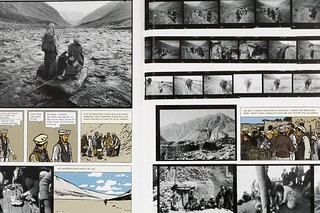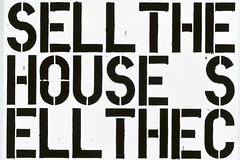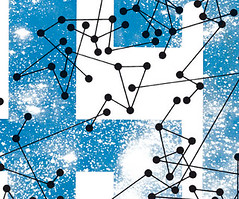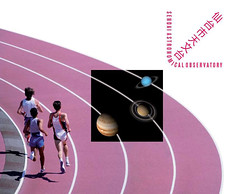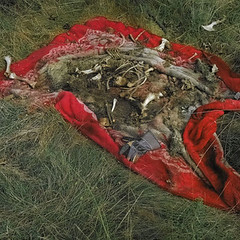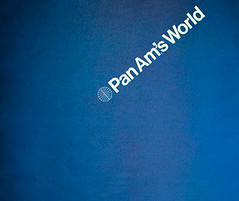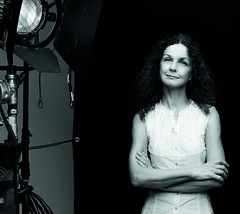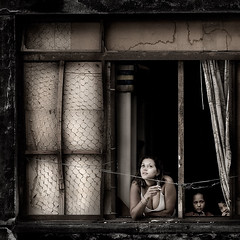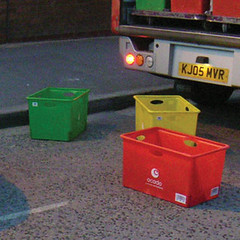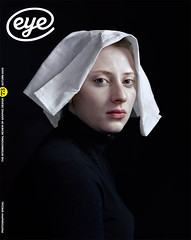
Opinion
John L. Walters
This photography special issue is about the way photographs are commissioned, selected, edited, sequenced and otherwise…
Rick Poynor
By incorporating reportage of Russia’s Afghan war, this hybrid takes the graphic novel and photojournalism to new levels. Critique by Rick Poynor
Monitor,
Rob Giampietro
Big, bad, bold and subverted by artists and designers, the public notice returns power to the people
Features
Steven Heller
Facsimiles give scholars and students the chance to enjoy, understand and literally get to grips with the physical nature of printed design classics.
John L. Walters
Michael Johnson’s project to make a ‘phonetic typeface’ that English speakers can understand
Rick Poynor
Now we are deluged with more images than ever, we have lost faith in the power of the photo to express anything other than our personal reality. We don’t take the production of meaning seriously and we use pictures with less fluency and purpose than earlier generations of photographers, designers and editors. We don’t know what we’re trying to say and we don’t know who we are saying it for. We don’t value expertise and commitment and we don’t believe in the photographer’s mission – nor do we think it is likely to have any effect. Rick Poynor looks at one week’s magazine journalism, and finds that this ocean of pictures tells uncomfortable truths about who we are now
Frederico Duarte
Do Ivan Chermayeff’s uncompromising posters signify the last days of Modernist ambition?
Liz Danzico
‘It’s a balance between art and content. With art, it’s pure visual delight. And because it’s The New York Times Magazine, we balance that with content. At the same time, most of the photographs have to deliver information. But we often have leeway for the photos to be more interpretive and elaborate beyond the text – the photography is expected to be a powerful voice unto itself.’
Keith Miller
Julio Bittencourt records the last days of Prestes Maia 911 in São Paulo, Brazil.
John L. Walters
The relationship between art directors and photography has developed in myriad ways alongside changes in fashion, taste and technology. Here we profile four very different practitioners: editorial designer Kuchar Swara, who collaborates regularly with photographers such as Nigel Shafran and Coppi Barbieri; Jens Gehlhaar (of directors’ collective Brand New School), who moves effortlessly between moving image campaigns, still photography and CGI; Thomas Lenthal, creative director for luxury fashion brands and his own magazine Paradis; and Daniel Eatock, whose approach to photography provides a provocative link between conceptual art and an objective, ‘vernacular’ approach to snapshot culture. All four have plenty to say about the place of photography and photographers in their working lives.
Deborah Littlejohn
Jens Gehlhaar, of directors’ collective Brand New School, moves effortlessly between moving image campaigns, still photography and CGI.
Véronique Vienne
Thomas Lenthal, creative director for luxury fashion brands and his own magazine Paradis.
John L. Walters
Daniel Eatock’s approach to photography provides a provocative link between conceptual art and an objective, ‘vernacular’ approach to snapshot culture.
Sean O'Toole
Changes in South African photobooks reveal a nation now free to explore its self-image
Bob Wilkinson
A decade after signing First Things First 2000, Bob Wilkinson tested his design principles by volunteering for a two-year placement in Nigeria.

